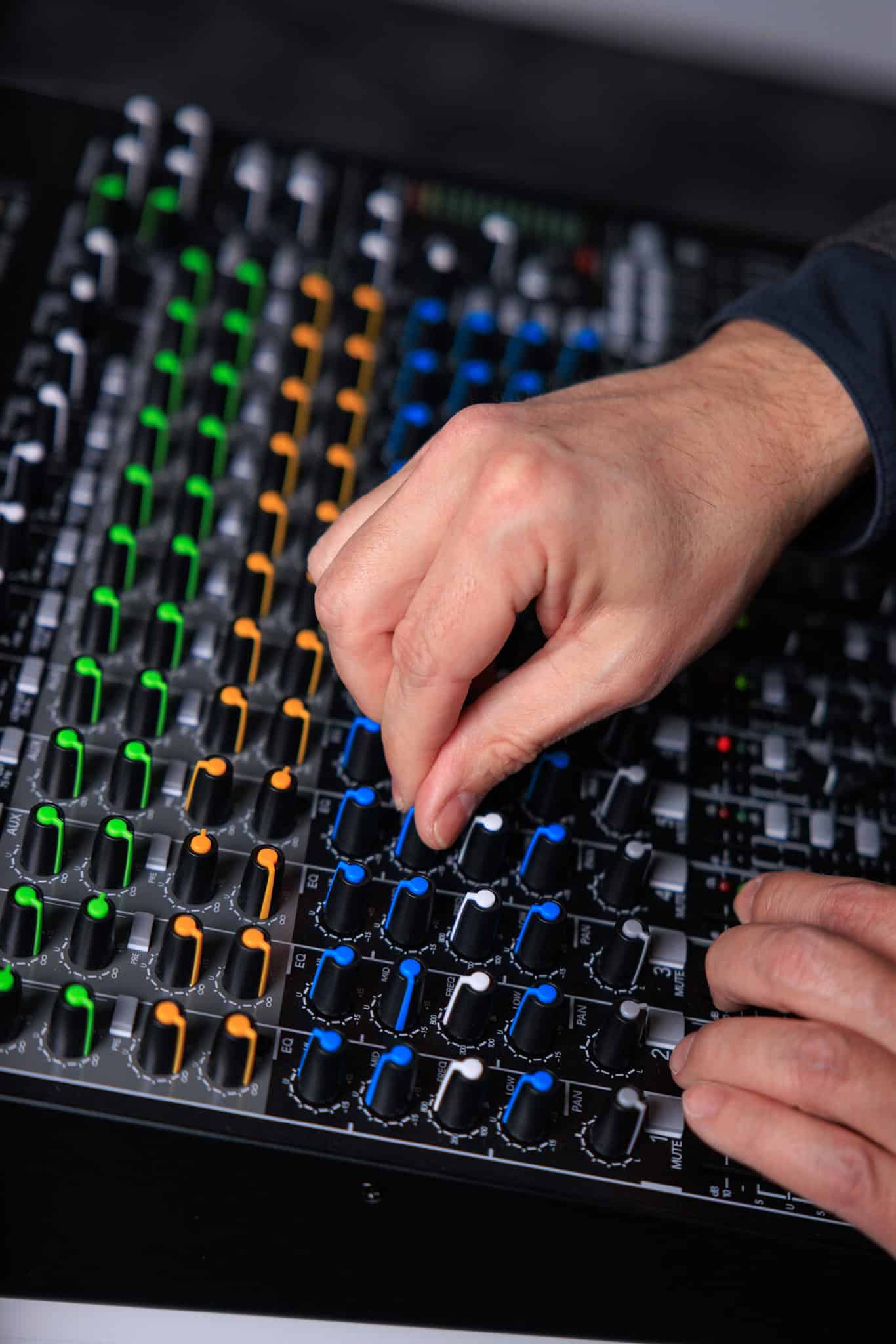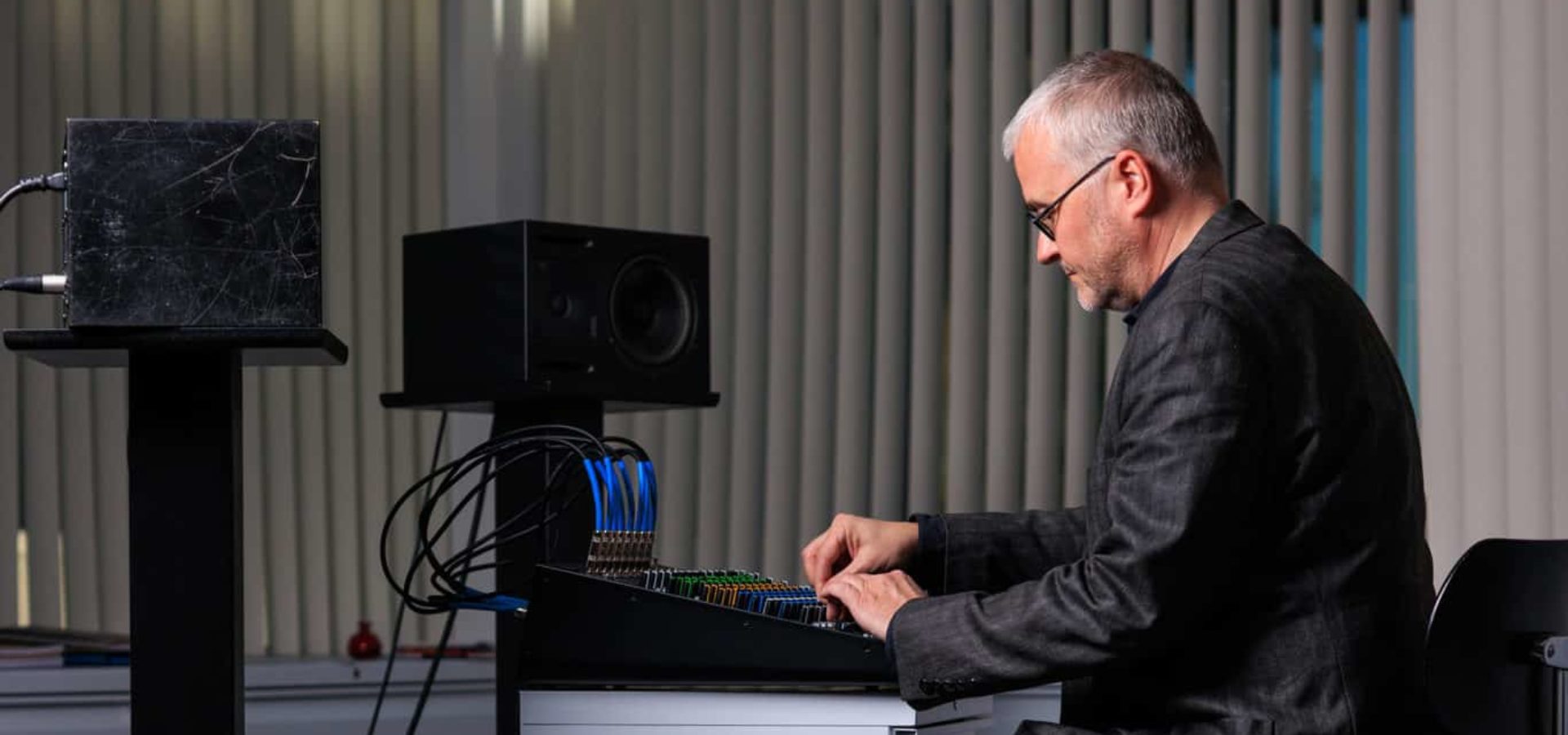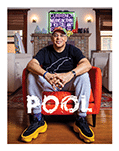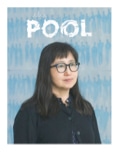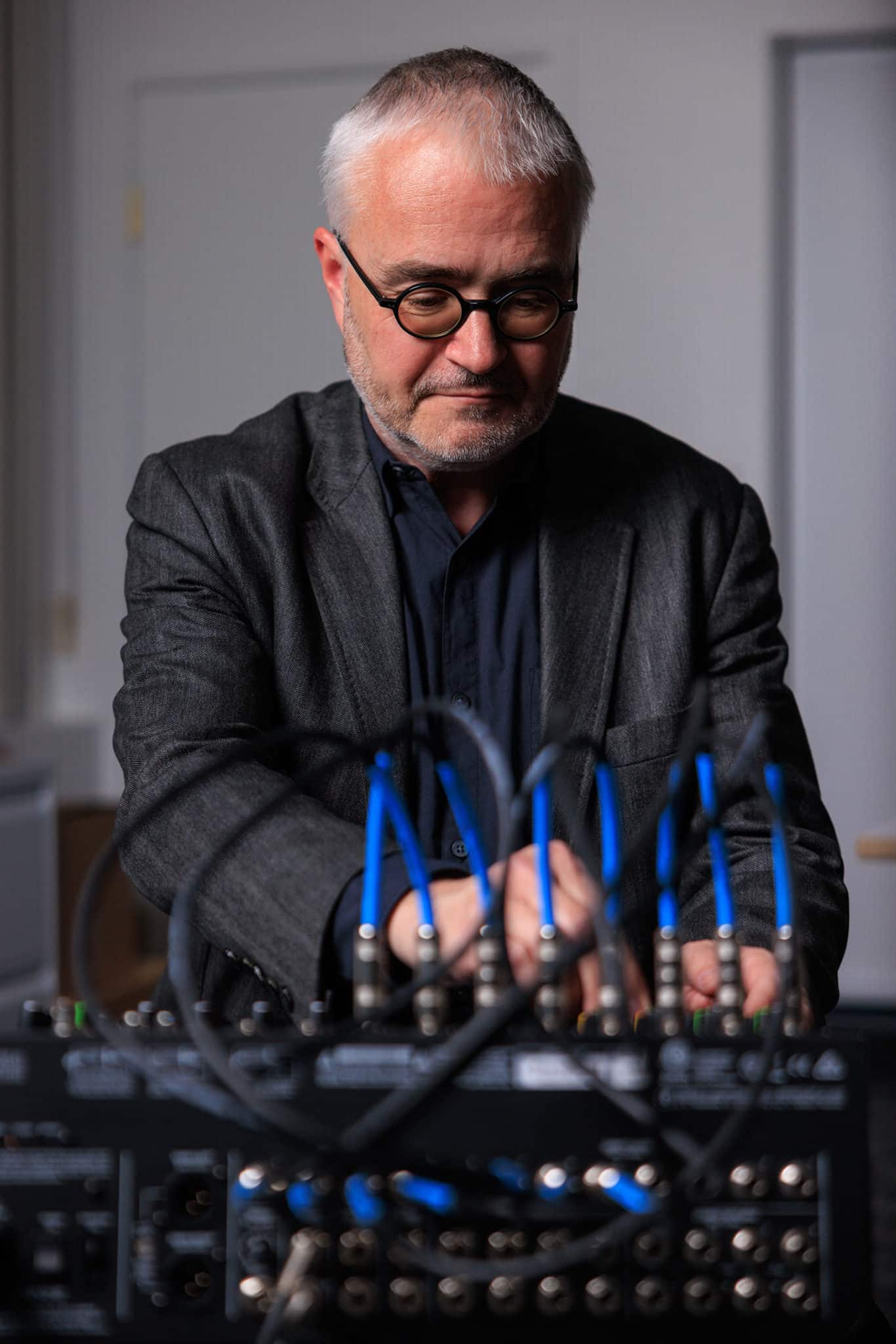
On Spotify, Pandora, or any other music-rich platform, songs flow like water from a spigot—no waiting and no travel necessary.
But for as much as technology transformed the ways people listen, the music industry failed to think through all the implications—all the possibilities—of the digital revolution, argues Volker Straebel, dean of The Herb Alpert School of Music at CalArts.
The COVID-19 pandemic has started to change that, setting groundwork for a broader reimagination of how musicians make music and build connections with listeners, Straebel says. A musicologist, composer, and curator, he joined CalArts in 2021 from the University of the Arts Berlin and launched the Futures of Music effort the same year.
He describes the endeavor as a collective, open-ended process to review and rethink the Institute’s music programs. “With practically no touring or live shows, musicians really had to reconsider their relationships to their audiences during the pandemic,” Straebel says.
In particular, some leveraged streaming technology to develop music specific to individual situations—composition as a musical backdrop. Straebel says that begs a 21st-century question: Could algorithms create this atmospheric accompaniment in real time, “rather than having tracks or albums that are sold?”
“I have the impression that these questions are coming to the foreground now because of the pandemic,” he says. “This will lead to questions about the concepts of authorship and expression. If you don’t have a human author who talks to you, how do you perceive the music?”
Drawing on conversations with colleagues and musicians, Straebel imagines a world where live, computer-created music recasts the long-term bonds between musicians and their audiences. The notion marks an evolution of blending audio tracks recorded at different times—a practice that dates back more than a half-century, he says.
Digital tools have made such combinations more easily available through online collaboration over the past decade or so. Music education joined the trend, especially during the pandemic, as specialized services have eased real-time transmission delays among collaborators.
“I thought studying music online during a pandemic would be useless. Turns out it’s not,” Straebel concedes. “There is a need, and the experience shapes the ways both students and instructors approach music.”
To composer Michael Pisaro-Liu, Music faculty and director of Composition and Experimental Sound Practices, the pandemic spurred discovery. Musicians are now recognizing their art’s foundation as a social activity, he says.
“I think we’re seeing the limits of virtual and other private ways of making music, which people have been using for a long time but increased in the pandemic,” Pisaro-Liu says.
You can’t sustain musical creation in isolation; it has to be grounded in social interaction.
Ideas, inspiration, camaraderie, and solidarity all flow from working together in the same physical space. The desire for that is perhaps stronger now.”
Reestablishing musical culture as a communal effort “is like trying to rebuild any kind of organism: It needs exercise and nourishment,” Pisaro-Liu adds. “That’s where I’m putting my energy these days.”
Now as music students become more interested in producing and collaborating with other musicians—but not necessarily in performing live—a studio is no longer essential. “You just need a computer and a few interfaces to do this at home—which is amazing and a more democratic approach to music,” Straebel says.
A drawback? For those receiving the music in a home environment instead of a live venue, he says, the sound quality and overall experience are probably lackluster by comparison. Straebel urges artists to take that into account as they design and improve remote engagement in their work.
“You have so much popular music that seems to reference a live act,” he says. “So you listen in the comfort of your home to something that reminds you of a concert in a sweaty bar with human bodies close to you. What happens when you can’t connect to this experience anymore, when everything external to the music is gone? Musicians will lead us through the paradigm shift.”
Through the Futures of Music initiative, the Music school is making sure CalArts musicians are prepared for that shift. Straebel kickstarted the effort about a year into the pandemic to establish “a better understanding of where we are as a faculty and where we’re going with our programs,” he explains.
By late 2022, the school was continuing to review its BFA offerings, with an eye toward introducing new requirements for different programs. The school also is looking to fine-tune its application process “to be more transparent about the types of students we’re looking for,” Straebel says.
It’s vital to him that such steps arise from conversations involving the entire school—collaborative discussions rooted again in that core question of “who we are and where we want to go.” Because music and art “are always two steps ahead,” he expects the curricular review will continue in perpetuity.
“This kind of confrontation with yourself as a teaching artist, and with the way you perceive the reality around you, is not always uplifting,” Straebel says. “At the same time, I hope we created a situation where faculty could share ideas and engage in meaningful conversation. I did a lot of listening.”
Straebel sees automation and algorithm-driven music-making not as a threat but as a liberating opportunity for artists, affording them more freedom to plug into and cultivate their original voices as “we realize the mainstream is taken care of.” He senses diminishing interest in mainstream work.
And while CalArts has never been a hub for the mainstream anyway, students have long stressed over their professional survival once they graduate. In the fall, the Music school recently put a weeklong pause on classes for visiting artist residencies to help students talk through that question.
The visitors were blunt, telling students to “just do what you need to do,” Straebel recalls.
“The moment you look for recognition or acknowledgment from a wider audience, you’re already losing your originality as an artist,” he says. “I have a feeling that this interest in the mainstream is on the way out, that serving the mainstream will become more a matter of programming and computer science in the long run.”
But original work forever will remain an exclusively human endeavor, Straebel says.
We need to find our original voices to respond to the reality that we live in.
That novelty is a hallmark of the school, which has long drawn students who are “already imagining a different musical future instead of the traditional paths,” Pisaro-Liu notes.
“We don’t pigeonhole artists by the kind of music they create, the kind of program they’re in, or the instrument they come in playing,” he says. “We’re much more interested in guiding them as they imagine a kind of music that doesn’t exist yet.”
Cultivating those visions means interrogating students about their thought processes and helping them to see and assess their own work, Pisaro-Liu says.
“Each and every student has something in them. But they have to craft it; they have to become conscious of it, maybe find words for it, and make music that embodies this thing,” he says. “It can take awhile to learn to cut away the chaff, but in the long run it’s not the teacher who’s doing that. It’s the student.”
